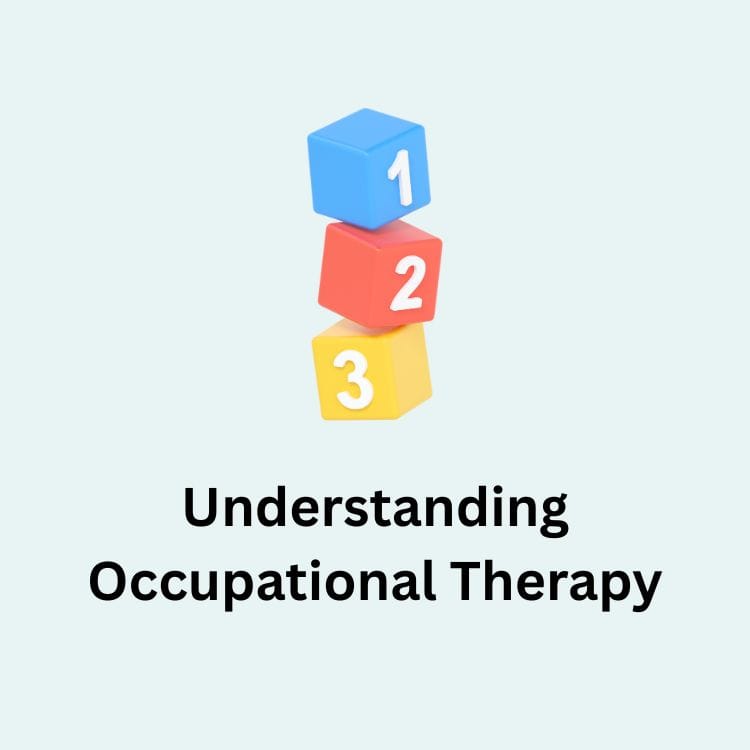How Occupational Therapy Supports ABA Goals in Children with Autism

Table of Contents
1. Introduction
Applied Behavior Analysis (ABA) therapy is widely known for helping children with autism build communication, independence, and daily living skills. However, many families are unaware that occupational therapy (OT) can provide an additional layer of support. When combined with ABA, OT can help children make progress in ways that are practical and easy to see in everyday life. At Autism Behavior Services, Inc. (ABSI), our focus has always been on providing families with a comprehensive system of support. If additional therapy is needed, we do have the ability to collaborate with preexisting occupational therapists.
This article will explain how occupational therapy works in conjunction with ABA, why families benefit from this combination, and what it looks like in real-life situations.
2. What Occupational Therapy Focuses On

Occupational therapy helps children learn the skills they need to handle daily activities. These activities include:
- Getting dressed in the morning
- Eating with utensils
- Brushing teeth and washing hands
- Writing with pencils, coloring, or using scissors
- Playing on the playground or with toys
- Calming down after loud noises or busy settings
While ABA therapists focus on shaping behavior step by step, occupational therapists often work on motor skills (movement), sensory regulation (such as handling loud sounds, bright lights, or textures), and self-care skills (including feeding, dressing, and hygiene).
3. Why ABA and OT Work Well Together
Children with autism do not live in therapy rooms alone. They live at home, go to school, and join community activities. ABA can teach behaviors, but OT helps children practice them in real-world scenarios.
Here’s how they connect:
- ABA sets the plan. For example, the ABA team may want a child to feed themselves with a spoon.
- OT builds the physical skills. The occupational therapist can help the child strengthen hand muscles and improve coordination to hold the spoon correctly.
- Together, the child learns. The child not only learns to pick up the spoon (OT) but also to stay seated and follow steps during mealtime (ABA).
The result is a child who can complete the task and repeat it at home, school, or daycare.
Everyday Scenarios That Show the Connection
Stories make the connection clear. Here are some examples:
Scenario 1: Dressing for School
- An ABA plan may focus on teaching a child to complete each step in putting on clothes.
- The OT helps the child practice buttoning shirts or pulling zippers by improving finger strength.
- Parents see the result in a smoother morning routine.
Scenario 2: Classroom Writing
- ABA breaks down writing into small steps, like holding the pencil and forming letters.
- OT builds grip strength and wrist control.
- Together, the child can complete worksheets with less frustration.
Scenario 3: Playground Play
- ABA may set up social prompts, like asking a peer to play.
- OT helps with balance and climbing skills.
The child gains confidence to join games instead of standing to the side.
4. Benefits Families Can See

Parents often ask how Occupational Therapy adds value if their child already receives ABA. The answer is that OT helps in ways families notice every day.
Benefits include:
- Faster progress in ABA plans because the child gains the motor skills needed to complete steps.
- Less stress during daily routines like brushing teeth, eating, and getting ready for bed.
- Improved focus in school since children can manage noise, bright lights, or busy settings more easily.
Confidence in social settings, because children can use playground equipment, join art projects, or participate in games.
5. How Therapists Work Together
Collaboration is the key. Occupational therapists and ABA professionals often share notes and coordinate strategies. For example:
- The ABA team may track how many steps a child completes during self-care routines.
- The OT can suggest small changes like thicker pencils, textured spoons, or clothing with easier fasteners.
- By combining these insights, the child gets a smoother learning experience.
This teamwork means children practice the same skills across different settings without confusion.
6. How ABSI Makes the Connection Work

At ABSI, collaboration is built into the process. Behavior analysts and occupational therapists work in coordination from the start. A typical approach includes:
- Assessment: ABA and OT teams identify the child’s strengths and barriers.
- Planning: Strategies are designed to match, such as pairing hand-strength activities with self-feeding steps.
- Practice: The child works on tasks in therapy sessions and at home with parental guidance.
- Feedback: Families receive practical advice that makes home routines easier.
This kind of teamwork is what makes ABSI different. Families are not left piecing together services on their own. They partner with a provider that has the expertise to connect therapies and create meaningful change.
7. Why This Matters for Long-Term Growth
Children with autism may require assistance in various areas, including behavior, daily living, and social skills. ABA is powerful, but it becomes stronger when paired with OT. Together, they give children:
- A chance to learn behaviors in a way that feels natural
- Practical tools for home, school, and community
- Step-by-step growth that parents can see in real time
7. Final Thoughts
Occupational Therapy and ABA therapy are different, but they work best when combined. ABA gives the structure to teach behaviors, and OT gives the physical and sensory support to carry them out. Families who experience both can see progress in therapy rooms, at the dinner table, in classrooms, and on playgrounds.
This combination reflects the core of ABSI; families benefit from an approach that supports children in every area of life, turning therapy into everyday skills.
FAQ (Frequently Asked Questions)